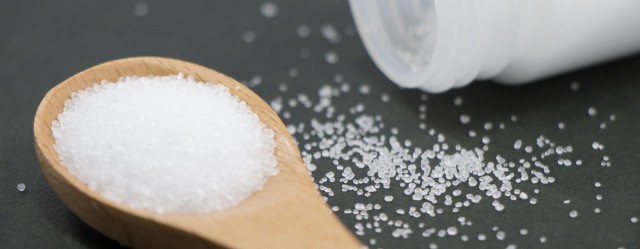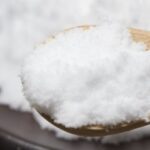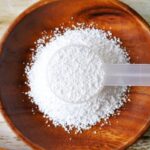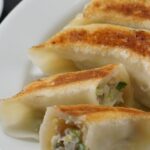
The transitional period of the guideline of additive labeling for use of ‘non-use’ (March, 2022)*1 ended at the end of March, 2024. During this period, there’s been a gradual change observed in the labeling of food products in stores in terms of changes made in accordance with the content of these guidelines. This article summarizes practical precautions and potential challenges related to label claims including “non-use labeling” and labeling for products intended for import and export. (Partly excerpt from the material used for the seminar on the 11th April, 2024 at Anuga Select Japan 2024).
*1(see our past article: The revised draft of the guideline of “non-use” additive labeling released after inviting comments (Japan))
Various types of claims and “non-use” labels
Types of claims can be mainly divided into the following two categories in the regulation.
-Health claims (focus on nutrients and functional components of a product)
-Quality claims (focus on the quality of ingredients in a product such as their origins like “natural”)
As other types according to other classification methods
-(addition-type) some ingredients/components used, contained, or used more
-(subtraction-type) some ingredients/components not used, not contained, or used less The subtraction-type claims such as “non-use of additives” and “non-use of sugars” have noticeably increased in recent years. Compared with claims for used ingredients, claims for contained components can be less noticeable to general consumers (not those engaged in food related business). Checking the subtraction-type can be another challenge. In addition to checking for the absence of specific ingredients/components, checking the subtraction-type claims also requires verifying that no alternative ingredients (or components) are used. Even more items need to be checked when it comes to products for export and import, such as checking whether alternative ingredients to replace the ‘non-use’ ingredients can be used in the target country.
Confirming the standards for use of ingredients related to label claims
Many countries as well as Japan set the standards of use for ingredients and additives. For example, in the case of labeling fruit juice beverage products with calcium lactate contained claimed as “Rich in Calcium” (addition-type claims), the process of its preliminary research is
1. Check if the product is categorized as “Fruit juice beverage” in the target country (check the food standards)
2. If so, check if “Calcium Lactate” is permitted to be used for Fruit juice beverage (check the standards for use)
3. If so, check if the claims such as “Rich in Calcium” are permitted to be labeled (check the labeling standards)
When the presence of ingredients or additives that is directly related to the product’s characteristics is clear, as in this example, it is easier for food business operators such as an exporter and an importer (not the manufacturer) to be able to check and confirm the information at an early stage.
On the other hand, for products (with subtraction-type claims) labeled as “no sweeteners used”, for example, there are no ingredients subject to confirmation of use as mentioned above in 2. While such products may contain ingredients that replace sweeteners (often food materials that are not considered additives), it can be difficult to recognize the presence of these alternative ingredients or additives that directly affect the product’s characteristics unless they are clearly labeled as “use of XX instead of sweeteners”. This lack of clear labeling can lead to last-minute checks by the food business operators before importing or exporting these products.
And since just giving up labeling the claims such as “free of XX” is not enough anymore to get the situation better in the case where these ingredients and additives turn out to be not permitted to be used after such last-minute checks, it is still important to check the ingredients at an early stage.
While a product can be labeled as “no sugars used” in Japan, in some other countries it may be required to be labeled as “contains naturally occurring sugars” if it contains sugars derived from food ingredients. The definition of “sugars” in the labeling standards is not consistent across different countries (especially be careful about “carbohydrates”). In the case of import/export, careful confirmation is needed on the points such as standards of identity for foods. While it is important to confirm that claims labeling is permitted in your target country, it is also essential to make sure that ingredients/additives are permitted to be used (or contained) from the early stage.
Share/Like/Follow:
Newsletter Signup
We issue monthly e-newsletters, which provide you with the latest updates on food labeling/regulations in Japan.
If you want to make sure to not miss any issue, please click below.
Related Service
Research Services on Ingredients & Food Labeling -For the Japanese Market-
We verify the conformity of ingredients and additives with the standards for use in Japan based on specifications such as formulation lists. We also verify the conformity of the proposed labeling of ingredient names, nutrients, etc. with the labeling standards based on specifications such as formulation lists.

Label bank Co., Ltd. CEO (Founder)
Born in Japan. Working on solving various issues related to food labeling operations. Also regularly gives lectures for various organizations in Japan.
Co-author of ‘Latest edition: Guide book Food Labeling Law and related business practical points – from scratch (Japanese version only)’ (DAI-ICHI HOKI CO., LTD/2019).






